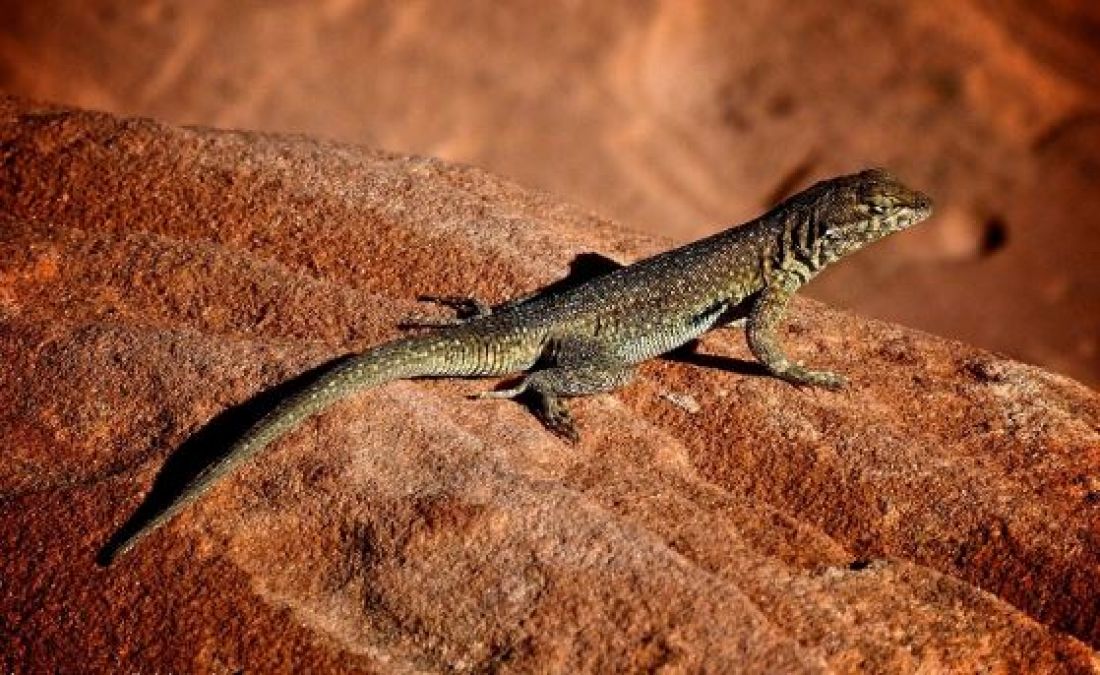Lizards! We see them almost everywhere, don’t we? Some of us are scared of them. Some of us are amused by them and some of us envy them (not always though). Some of us are fascinated by them. In case you fall in any one of the above groups, you will definitely like the surprising lizard facts that we going to share with you in this article. So, let us start…
also read: Amazing Facts: Interesting Facts about the blue planet 'Earth'
- Lizards are reptiles. Like other reptiles, they have dry skin covered in hard scales instead of soft fur or feathers. They are also cold-blooded, which means their body temperature changes depending on their environment.
- In particular, lizards belong to the order Squamata, or the order of scaled reptiles. This order also includes snakes, making them the closest relatives of lizards.
- Because there are so many species of lizard, it comes as no surprise that lizards can be found almost anywhere in the world, inhabiting every continent except Antarctica, where it is too cold for them to live.
- Most lizards live on the ground but there are also lizards that live under the ground, on trees and in human dwellings. Some even live in the water.
- There are more lizards in the world than any other reptile. In fact, about 60% of reptiles are lizards.
- There are approximately 6,000 species of lizard, about the same number of all mammal species and two times the number of snake species.
- A male lizard is sometimes called a bull and a female lizard is sometimes called a cow or a lizardess. A group of lizards is called a lounge.
- Lizards vary greatly in size, from over just an inch long to as long as 10 feet (3 meters) – that’s about the size of a small mom standing on another small mom’s head!
- The average lifespan of a lizard is about 15 to 20 years. However, some lizards can live over 30 years.
- Although there are many species of lizard, many of these are listed as Endangered or even Critically Endangered. The most common threats to a lizard population include habitat loss and predation from animal species introduced by humans.
- The oldest known reptile is the Hylonomus. It was a lizard about 8 inches (20 centimeters) long and had small, sharp teeth.
- All reptiles evolved from an amphibian ancestor around 320 million years ago. The first reptiles were called amniotes and looked just like small lizards.
- The oldest known lizard is the Tikiguania estesi, which appeared roughly 220 million years ago. Its fossils were found in India.
- Lizards smell with their tongues which is why they often stick their tongues out. Each time a lizard sticks out its tongue, it gathers the scent particles in the air. Then, when their tongues go back inside their mouths, these particles go to a special organ at the roof of the mouth called Jacobson’s organ which helps process the scent.
- Most lizards can easily stick to any surface, even hanging upside down! This is because they have special pads at the bottom of their feet that act like suction cups.
- Not all lizards have legs, and those that do have different kinds of legs and feet depending on where they live. Lizards that live on the ground, for example, have short legs and large feet with sharp claws. Lizards that live on trees have particularly long toes with curved claws, while lizards that live in the water have webbed feet.
- Most lizards have eyelids and therefore can blink, although you’ll have to look very closely to observe this. Like us, they can move their eyes around, which is one thing that makes them different from snakes.
- Lizards rely mostly on their sight to hunt and move around. As a result, they have good vision and are particularly good at seeing colors.
- Lizards have no external ears, only visible ear openings with their eardrums hidden just below their skin. They can hear better than snakes, though not as well as we do.
- A lizard never stops growing, but its skin does. Because of this, lizards regularly shed their skin in flakes.
- Some lizards have thick, sharp spikes to protect themselves. Some of these lizards can even roll into a ball to protect their soft areas.
- Girdled lizards quickly retreat into cracks when threatened. Once there, they are able to expand their bodies so that the predator cannot pry them out.
- Although lizards have teeth, they do not chew their food. Instead, they grip their prey until it stops struggling, and they swallow it whole.
- Viviparous lizards have live, fully-developed young. Some care for their young while others leave them to fend on their own.
- Like other animals, female lizards release a special scent when they are ready to mate. Male lizards use various methods to win a female over, including changing colors and bobbing their head.
- Agamas are the most common lizards in Africa, where they have more than 35 species. They eat insects, have long tails and range in size from 5 to 15 inches (12 to 39 centimeters).
- When there is no water nearby, basilisks escape from predators by burrowing into the sand. Their nostrils are surrounded by a special ring of muscle, preventing sand from getting inside their noses.
also read: Amazing Facts: Interesting Frog Facts
